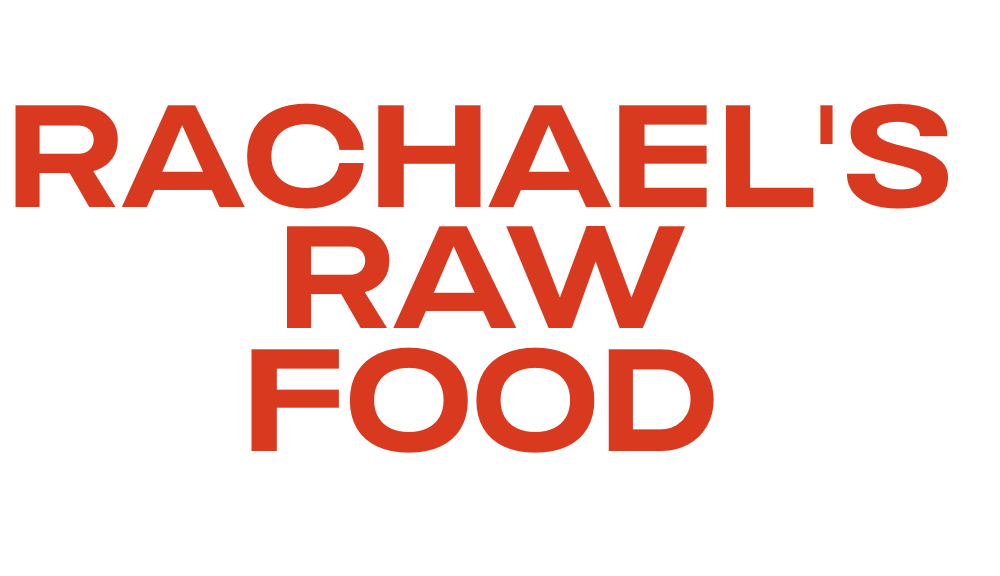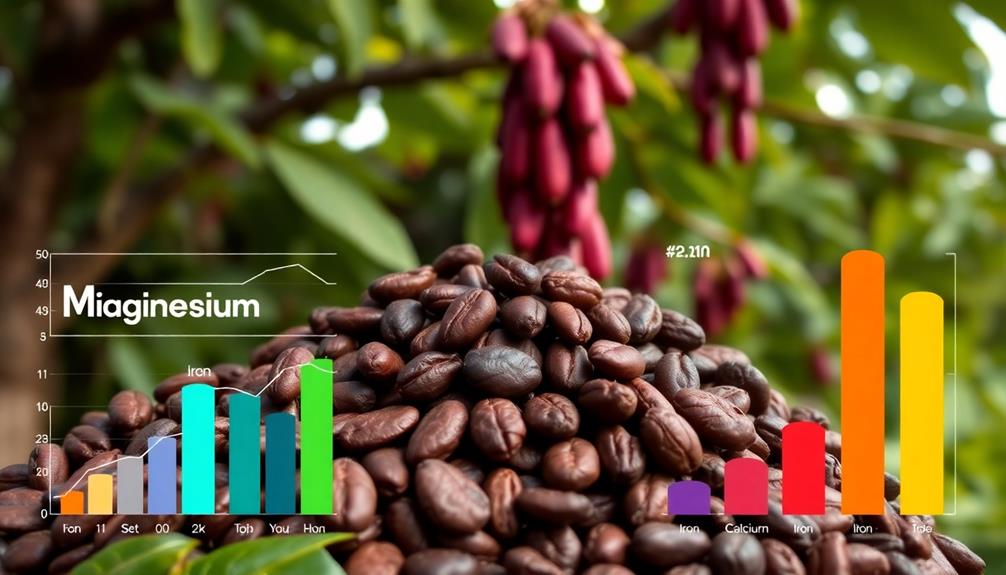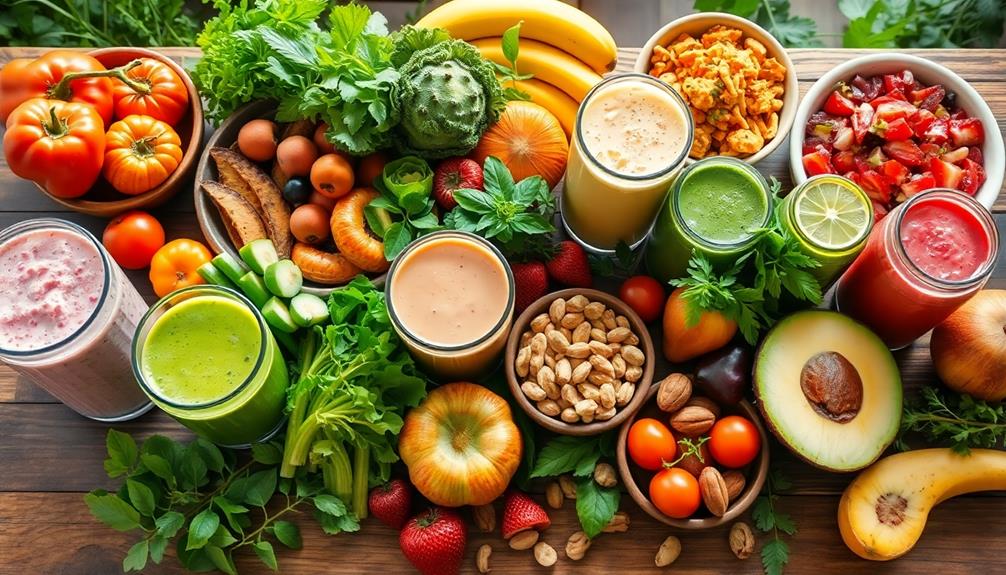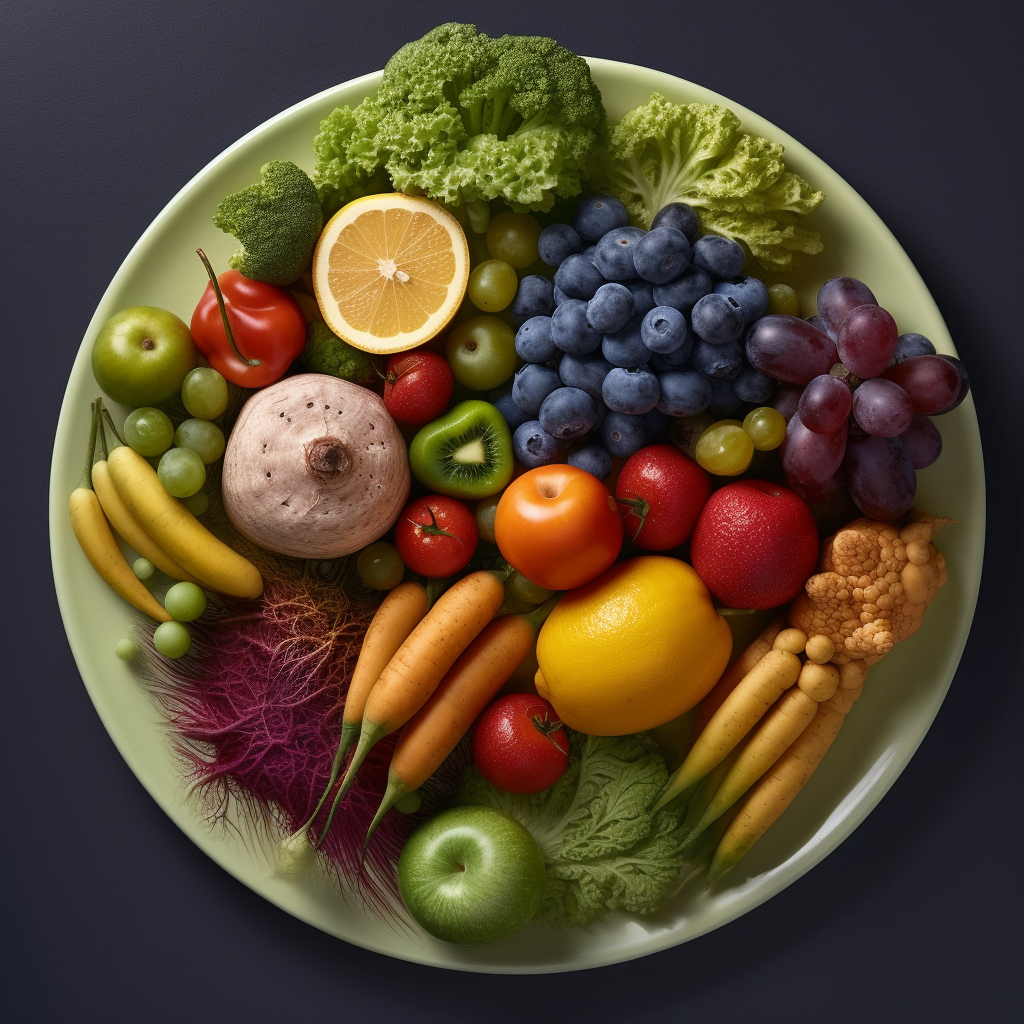When you switch to a raw food diet for your pet, it's easy to make mistakes. Overlooking nutritional imbalances can lead to deficiencies in key vitamins. Inadequate meal prep can push you toward convenience foods, compromising nutrition. Don't rush the shift; a gradual approach helps prevent distress. Always consider your pet's unique needs and consult a vet to customize their diet. Additionally, choose safe bones and practice strict food safety measures. By avoiding these common pitfalls, you'll support your pet's health effectively. Discover more strategies that can enhance your raw feeding experience for best results.
Key Takeaways
- Ensure a balanced raw diet by including 70% muscle meat, 15% organ meats, and 15% vegetables/fruits/oils to avoid nutritional deficiencies.
- Transition gradually to a raw food diet over 10 days to three weeks to prevent digestive distress in pets.
- Consult a veterinarian regularly to customize the raw diet based on your pet's individual needs and monitor health changes.
- Select safe, appropriately sized bones for your pet to minimize choking hazards and prevent digestive issues from overfeeding.
- Prioritize food safety by storing raw meat properly, disinfecting surfaces, and maintaining hygiene to prevent bacterial contamination.
Nutritional Imbalance Issues

Nutritional imbalances are a common pitfall for those trying to follow a raw food diet for their pets. Many homemade raw diets lack essential nutrients like vitamin D, calcium, and omega-3 fatty acids, which can lead to serious deficiencies.
To achieve proper nutritional balance, your dog's diet should consist of approximately 70% muscle meat, 15% organ meats, and 15% vegetables, fruits, or oils. Relying solely on muscle meat can create imbalances, as it doesn't provide the full spectrum of vitamins and minerals that your pet needs.
Additionally, incorporating crunchy vegetables can aid in cleaning teeth and promoting oral health, as addressing teeth problems on a raw food diet is also vital for your pet's overall well-being.
Nutritional imbalances can manifest as health issues such as poor coat condition, lethargy, and digestive problems. This highlights the importance of variety in food sources to guarantee your dog gets all the necessary nutrients.
Regular consultations with a veterinarian or pet nutritionist can help you identify and correct any nutritional deficiencies in your raw food diet. They can guide you in formulating a balanced meal plan tailored to your dog's specific health needs, preventing potential health issues down the line.
Inadequate Meal Preparation

Inadequate meal preparation can seriously impact your success on a raw food diet.
You need to plan ahead and guarantee you're handling food safely to avoid nutrient deficiencies and unwanted calories.
Planning Ahead
Planning ahead is essential for anyone adopting a raw food diet, as lack of meal preparation can easily lead you to rely on convenience foods that don't meet your dietary needs. Incorporating nutrient-rich ingredients like raw sunflower seeds can enhance your meals and provide vital nutrients.
To avoid this pitfall, start by selecting a few favorite raw recipes to repeat. This simplifies meal preparation and helps you stay on track.
Dedicating time each week to organize grocery lists and pantry items is significant, especially for busy days. This way, you won't have to compromise your dietary goals last minute.
Additionally, compiling a list of helpful resources, such as recipe apps and community support groups, can provide you with support and inspiration when motivation wanes.
Establishing a well-equipped raw food kitchen with essential tools like a Vitamix and spiralizer will enhance your meal preparation experience. With the right equipment, you'll feel more creative and ready to explore various raw food options.
Safe Food Handling
Even with careful meal planning, safe food handling practices are vital to guarantee your raw food diet remains healthy and free from harmful bacteria. By following these guidelines, you can considerably reduce the risk of cross-contamination and guarantee food safety:
- Wash your hands thoroughly before and after handling raw foods.
- Store raw meats in the refrigerator or freezer at appropriate temperatures to prevent bacterial growth.
- Use separate cutting boards and utensils solely for raw food preparation.
- Avoid letting raw pet food sit out at room temperature for more than two hours.
Proper storage is essential, so always check your food storage protocols.
When thawing raw meats, remember to use the refrigerator or cold water baths instead of leaving them at room temperature. This helps inhibit the growth of pathogens like salmonella and listeria.
By implementing these safe food handling practices, you can enjoy your raw food diet without the worry of harmful bacteria affecting your health.
Prioritize food safety, and your meals will be both nutritious and safe to consume.
Rushing the Transition Process

When diving into a raw food diet for your pet, it's important to avoid rushing the change process. Shifting to raw too quickly can lead to gastrointestinal distress, causing issues like diarrhea or vomiting. Aim for a gradual adjustment period of 10 days to three weeks, as each pet's digestive system varies.
Start with simple, balanced meals and introduce variety progressively. This helps your pet adapt without overwhelming their digestive system. Here's a quick reference table to guide you:
| Adjustment Phase | Recommended Action |
|---|---|
| Days 1-3 | Introduce raw proteins slowly |
| Days 4-7 | Add in vegetables gradually |
| Days 8-14 | Monitor for food sensitivities |
| Days 15-21 | Introduce new proteins |
| Ongoing | Keep records of health changes |
Monitoring your pet's response during this period is vital. Look out for signs of distress and adjust accordingly. Keeping a record of changes in health or behavior will help you tailor the diet to meet your pet's individual needs effectively. Remember, patience is key to ensuring a successful adjustment to a raw food diet.
Overlooking Individual Needs
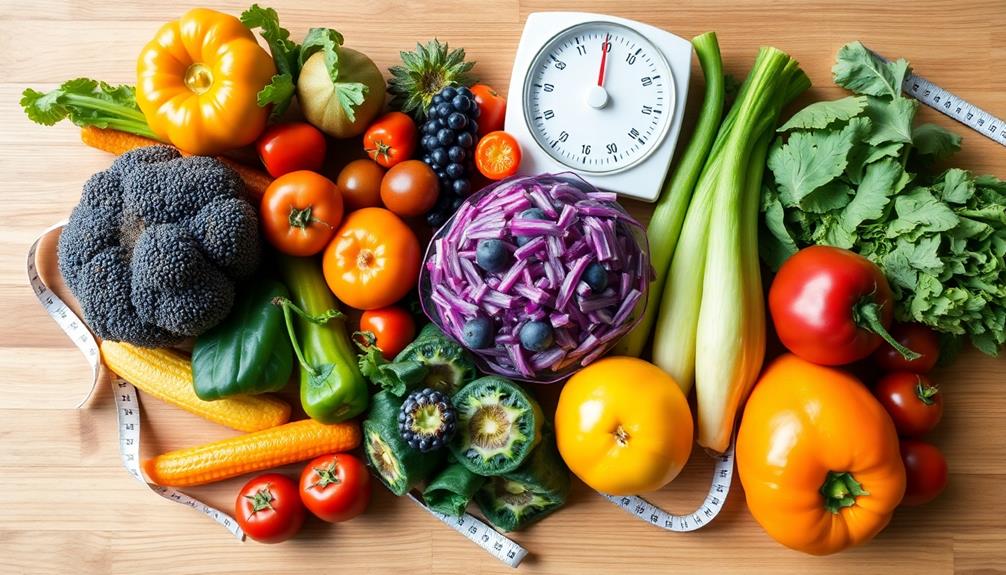
Every pet is unique, and their dietary needs can vary widely. When you adopt a raw food diet, it's essential to focus on customizing it for your individual pet. This tailored nutrition guarantees they get what they need for ideal health.
Here are some key points to take into account:
- Age, breed, and size: These factors considerably influence your pet's dietary requirements.
- Observing reactions: Watch your pet closely for any signs of sensitivities or allergies to specific foods.
- Nutritional deficiencies: A one-size-fits-all approach can lead to deficiencies; knowing your pet's unique needs helps prevent this.
- Consultations with a veterinarian: Regular discussions with a vet or pet nutritionist can provide insights into your pet's specific requirements.
Misunderstanding Bone Feeding

When it comes to feeding your dog bones, not all options are safe, and choosing the right ones is essential.
You need to guarantee that you're balancing bone intake with other protein sources to avoid nutrient imbalances.
Keeping an eye on your dog's reaction to bones will help you adjust their diet for peak health.
Safe Bone Selection
Selecting the right bones for your pet's raw food diet is essential for their health and safety. When it comes to bone selection, prioritize raw meaty bones like chicken necks or wings, as these are softer and easier for pets to chew and digest.
Here are some tips to keep in mind:
- Choose appropriate sizes: Select bones that match your pet's size to minimize choking hazards.
- Avoid cooked bones: Cooked bones can splinter, leading to serious health risks including blockages or lacerations in their digestive tract.
- Monitor reactions: Pay attention to how your pet reacts to bone feeding; too much bone can cause constipation and digestive issues—balance is key.
- Assess dental health: Regularly check your pet's dental hygiene since chewing on raw bones helps reduce plaque and tartar buildup.
Balanced Bone Feeding
Understanding balanced bone feeding is fundamental for your pet's raw food diet, as it directly impacts their health and well-being. Proper bone feeding provides essential calcium and phosphorus, but you must monitor the size and type of raw meaty bones you give.
Avoid weight-bearing bones that can fracture teeth or cause choking hazards and digestive issues. Aim for about 10-15% of your dog's diet to consist of raw meaty bones, making sure they're appropriate for your dog's breed and size.
Overfeeding bones can lead to constipation and other digestive problems, so it's imperative to maintain a nutrient balance by combining bones with other protein sources. Introduce raw meaty bones gradually to allow your dog's digestive system to adapt.
Regular veterinary check-ups are crucial to assess your dog's health and make necessary adjustments to their bone feeding routine.
Neglecting Food Safety Practices

Neglecting food safety practices can lead to serious health risks, especially when following a raw food diet. As a pet parent, you must prioritize safety to prevent cross-contamination and harmful bacterial growth.
Here are some important food safety tips to keep in mind:
- Store raw meat at temperatures below 40°F (4°C) to inhibit bacterial growth.
- Always wash your hands thoroughly with soap and water after handling raw pet food.
- Clean and disinfect all surfaces, utensils, and cutting boards that come in contact with raw food.
- Keep children and non-pet-friendly items away from areas where raw food is prepared or stored.
Information Overload Challenges

Steering through the overwhelming sea of information about raw food diets can be intimidating, especially when conflicting advice seems to pop up at every turn. This information overload can lead to confusion and even paralysis by analysis, making it hard to implement dietary changes.
To combat this, it's vital to choose one credible source for guidance. This helps you avoid the pitfalls of misinformation and conflicting advice. Engaging with supportive communities—like forums or social media groups—can also provide invaluable insight. Here, you can share experiences and gather knowledge from others who've navigated the raw food diet journey.
Additionally, maintaining a balanced approach to health can enhance your overall well-being and reduce stress levels, similar to the way aromatherapy can promote relaxation. Continuous education is key; staying updated on the latest research and best practices will enhance your understanding and reduce the risk of misinformation.
To simplify your shift, focus on practical steps. Compile a list of your favorite resources and recipes, giving yourself a clear path to follow. By narrowing your focus, you'll find it easier to adopt the raw food diet without feeling overwhelmed.
Lack of Veterinary Consultation

Changing your pet to a raw food diet can be exciting, but it's essential not to overlook the importance of consulting with a veterinarian. A lack of veterinary consultation can lead to serious health issues for your pet. Before altering, you need professional advice to guarantee the raw food diet meets your pet's specific nutritional needs.
Consider these points:
- Homemade raw diets often lack essential nutrients like vitamin B12, iron, and omega-3 fatty acids.
- Regular veterinary check-ups are critical during the alteration to monitor your pet's health and weight.
- A veterinarian can guide you on proper protein sources and bone sizes to avoid choking hazards.
- Ignoring professional advice may pose serious health risks, especially for pets with pre-existing conditions.
Proper guidance helps you create a balanced raw diet that supports your pet's health. Neglecting this step can result in nutritional imbalances and long-term health complications.
Frequently Asked Questions
What Precautions Should Be Taken in Raw Food Diet?
When following a raw food diet, you should guarantee proper refrigeration, maintain strict hygiene, introduce new foods gradually, balance nutrients, and consult a veterinarian regularly to meet your specific nutritional needs and health concerns.
How Do You Succeed on a Raw Food Diet?
To succeed on a raw food diet, plan your meals, gradually shift your intake, guarantee balanced nutrition, connect with supportive communities, and regularly assess your health. This approach keeps you motivated and nourished effectively.
How to Make Raw Food Safe to Eat?
Did you know that 48 million Americans get sick from foodborne illnesses each year? To make raw food safe, always wash your hands and surfaces, store at safe temperatures, and separate raw meats from other foods.
What Raw Foods Are Bad for You?
Some raw foods can be harmful. You should avoid raw beans, meats, green potatoes, high-oxalate vegetables, and unpasteurized dairy. These can contain toxins or harmful bacteria that pose serious health risks if consumed.
Conclusion
Steering a raw food diet can feel like walking a tightrope, but with a little balance, you can thrive. By avoiding common pitfalls, you'll not only nourish your body but also cultivate a vibrant lifestyle. Remember, it's about finding your rhythm and tuning into your unique needs. Keep safety in mind, listen to your instincts, and don't hesitate to seek professional advice. With these steps, you'll transform your diet into a nourishing feast, vibrant and alive.
